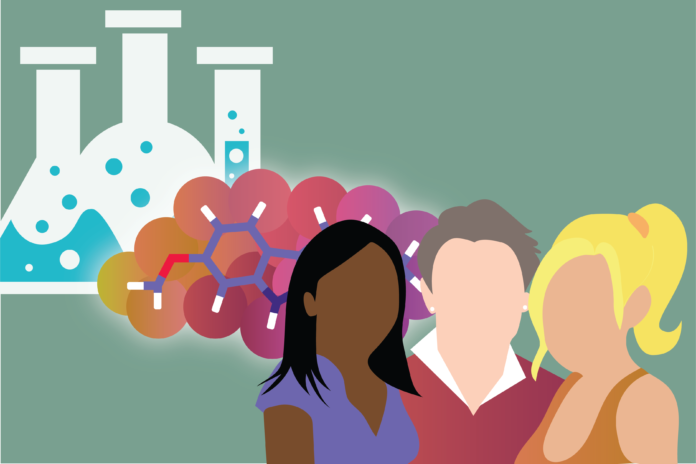The study, led by a UC Davis postdoctoral student, found that many organizations lacked data on employee demographics, especially on sexual orientation and disability status
By SONORA SLATER — science@theaggie.org
Professional science, technology, engineering and mathematics (STEM) organizations are at times ineffective in their collection and application of data from demographic surveys, according to a study published on March 31 in Science.
The researchers surveyed 164 U.S.-based STEM organizations, 73 of whom responded, according to a recent press release about the study. Each organization was asked about the categories of demographic information they collected on members and conference attendees, the range of answer options available for each category and what they did with the data they collected.
Nick Burnett, the lead author of the study and a postdoctoral researcher in the Department of Neurobiology, Physiology and Behavior at UC Davis, said that they did see disparity between categories of collection — while 60% of respondents reported collecting at least some information on gender identity and race and ethnicity, only 15% collected information on disability status and sexual orientation.
“This data can equip [organizations] to know [their] membership, recognize them and give them the resources to make their experience in STEM better,” Burnett said. “The other part is […] you need to be able to collect this information to identify these groups that are currently overlooked so that you can provide them with tailored resources.”
Emily King, the research coordinator for Biology Scholars at UC Berkeley, explained how the concept of resource allotment might be applied to demographic data.
“The resource I think about a lot is time,” King said. “If you think about conferences, specifically, [there is] an overlap in events that are pertaining to various aspects of diversity or inclusion, with the most important science talks of the event. So attendees are like, well, do I go to the thing that is supposed to advance my career, or do I go to the event that might make me feel more well-supported in this group of scientists?”
King went on to give another example of how knowing demographic information about employees can help organizations supply resources accordingly.
“If a society knows, we have a large proportion of folks in our group who are deaf or hard-of-hearing, can we figure out how to already provide sign language interpretation without individuals having to ask for it?” King said. “I think there’s room for seeing what we can offer to people up-front, because we did the legwork already; we know who’s in our group.”
King acknowledged that some of these solutions for accommodation are expensive, but said that they’re easier to justify when organizations can quantify what percentage of their groups would benefit from them.
Alyssa Hernandez, another researcher who worked on the study, offered more ways consideration can be given by organizations to venues and events, as well as general accessibility to the STEM community.
“Are your events accessible to those with physical disabilities?” Hernandez said via email. “What about members who may require child-care? […] Mentoring programs and scholarships are [also] a great way to provide better access to a broader STEM community.”
Hernandez went on to say that improving survey accuracy and inclusion is one way for STEM organizations to live out mission statements that often emphasize innovation — according to Hernandez, bringing a diverse set of “experiences and ideas” into a field is one of the best ways to put an emphasis on innovation into practice.
She also said that diversity can encourage scientists who are minorities by allowing them to see themselves represented in leadership or conference speakers.
“Whether it was hearing a particular speaker at a conference or meeting someone who would eventually serve as a mentor, it was seeing these similar experiences expressed openly that really allowed me to push through some of the harder moments,” Hernandez said. “It was very much an ‘if they can do it, so can I’ sort of moment, and I think that having these relatable moments is important for those of us who may not see these similar stories at our universities or company spaces.”
Burnett clarified the purpose of the paper, saying that overall, it is meant to be more of a commentary than a criticism.
“We’re holding up a magnifying glass to how STEM thinks about diversity,” Burnett said. “It’s not a study on just surveying techniques, but it’s a survey of attitudes towards diversity — that’s what we are wanting to change or improve within STEM.”
King said that to her, the biggest purpose of improving surveying is just for organizations to recognize and acknowledge the diversity within their ranks.
“To me, it boils down to this,” King said. “You can’t help folks if you don’t know that they’re there.”
Written by: Sonora Slater — science@theaggie.org




